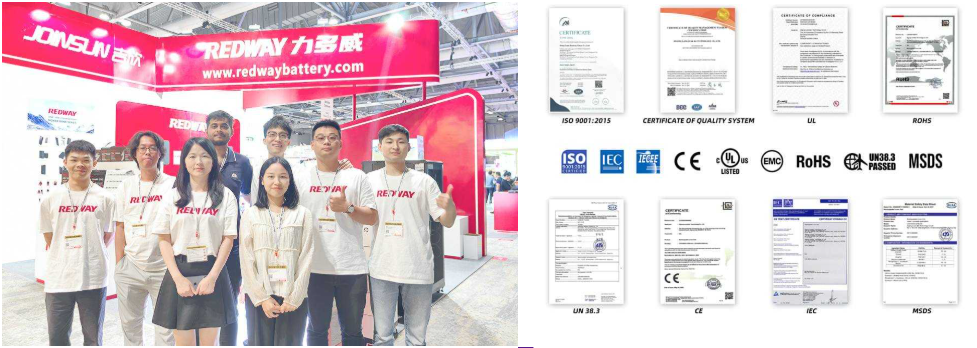Preventing overheating and other risks associated with lithium batteries requires understanding the causes of overheating, maintaining optimal operating conditions, implementing safety measures, and utilizing technology effectively. By following these guidelines, users can ensure safer operation and extend the lifespan of their batteries.
What Causes Lithium Batteries to Overheat?
Lithium batteries can overheat due to several factors:
- High Current Discharge: When a battery discharges at high rates, it generates excess heat.
- Environmental Conditions: Exposure to high ambient temperatures can exacerbate heating issues.
- Aging or Damaged Cells: Older or damaged batteries tend to have higher internal resistance, leading to heat generation.
- Manufacturing Defects: Poorly manufactured batteries may have design flaws that increase the risk of overheating.
Chart: Common Causes of Overheating
Wholesale lithium golf cart batteries with 10-year life? Check here.
| Cause | Description |
|---|---|
| High Current Discharge | Excessive discharge rates generate heat |
| Environmental Conditions | High ambient temperatures increase risk |
| Aging or Damaged Cells | Increased internal resistance from degradation |
| Manufacturing Defects | Flaws leading to overheating |
How Can You Maintain an Appropriate Operating Temperature?
To maintain an appropriate operating temperature:
- Store in Cool Environments: Keep batteries away from direct sunlight or heat sources.
- Use Insulation: Insulate battery compartments in RVs or devices.
- Monitor Temperature Regularly: Use temperature sensors or battery management systems (BMS) that provide real-time data.
Know More:
Want OEM lithium forklift batteries at wholesale prices? Check here.
What Safety Features Should Be Included in a Quality LiFePO4 Battery for RVs?
How Can Users Prevent Overheating and Other Risks Associated with Lithium Batteries?
Why Is It Important to Have a Reliable BMS in Place?
What Safety Measures Should Be Taken with Lithium Batteries?
Implementing safety measures is crucial:
- Use Quality Chargers: Always use chargers recommended by the manufacturer.
- Avoid Overcharging: Disconnect chargers once the battery reaches full capacity.
- Ensure Proper Ventilation: Allow for airflow around batteries during charging and use.
How Can Battery Management Systems Help Prevent Risks?
Battery Management Systems (BMS) play a vital role in safety:
- Temperature Monitoring: BMS continuously tracks battery temperature, providing alerts if it exceeds safe limits.
- Voltage Regulation: Ensures that voltage levels remain within acceptable ranges.
- Discharge Protection: Prevents over-discharging which can lead to damage.
Chart: Benefits of a BMS
| Feature | Benefit |
|---|---|
| Temperature Monitoring | Alerts users of unsafe conditions |
| Voltage Regulation | Protects against overvoltage |
| Discharge Protection | Extends battery lifespan |
What Preventative Measures Can Be Taken to Ensure Safety?
Preventative measures include:
- Regular Inspections: Check for signs of wear or damage regularly.
- Proper Storage Practices: Store batteries at recommended temperatures when not in use.
- Educate Users: Ensure all users understand proper handling techniques.
How Do Environmental Factors Influence Battery Performance?
Environmental factors significantly impact performance:
- Heat Exposure: High temperatures can accelerate degradation.
- Cold Conditions: Low temperatures reduce capacity and efficiency; charging in cold conditions can be problematic.
What Tools Are Essential for Monitoring Battery Health?
Essential tools for monitoring include:
- Multimeter: For checking voltage levels.
- Temperature Sensors: To monitor battery temperature continuously.
- Battery Monitors: Devices that provide detailed performance data.
How Can User Education Improve Safety Practices?
Educating users on proper handling, charging protocols, and maintenance practices significantly enhances safety:
- Training Sessions: Conduct training on battery care and safety protocols.
- Informational Resources: Provide manuals or guides detailing best practices.
Expert Views
“Understanding how to prevent overheating in lithium batteries is essential for anyone using them,” states an expert from Redway. “By implementing proactive measures and leveraging technology like BMS, users can significantly enhance both safety and performance.”
Conclusion
In conclusion, preventing overheating and other risks associated with lithium batteries involves understanding their behavior under various conditions, implementing effective monitoring systems, adhering to safety protocols, and educating users on best practices. By taking these steps, users can ensure the longevity and reliability of their lithium batteries.
FAQ Section
- What should I do if my lithium battery overheats?
Immediately disconnect it from power sources, allow it to cool down in a ventilated area, and inspect it for damage. - How often should I monitor my lithium battery’s temperature?
Regular monitoring is recommended; daily checks are ideal during heavy use or extreme temperatures. - Can I charge my lithium battery in extreme temperatures?
It is advisable to avoid charging below freezing or above recommended operating temperatures; check manufacturer guidelines for specifics.





